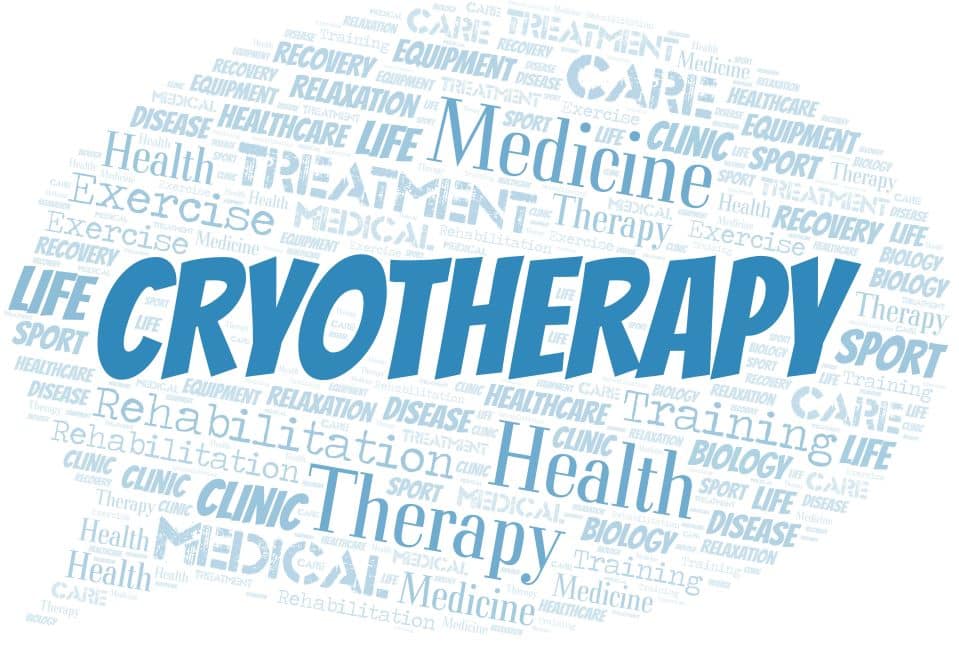Welcome to part 2 of adding whole body cryotherapy to your practice.
Chiropractic Economics continues its discussion with cryotherapy provider Marissa Nelson, general manager of Restore Hyper Wellness in Cottonwood Heights, Utah, who provides some valuable insight into what cryotherapy is known for, how it helps patients and what conditions it treats. Further, Nelson explores how to decide if cryotherapy is the best new service to add to your practice, and offers contraindications and considerations to help you make the decision. Information excerpted from Restore Hyper Wellness’s Cottonwood Heights WBC Waiver is also included here.
This article includes helpful information if you are considering offering whole body cryotherapy as an additional service to your patients.
Cryotherapy benefits
As stated in part 1 of this article, cryotherapy may help the body:
- Promote healing and athletic recovery
- Improve circulation
- Defy signs of aging
- Burn calories and slim down
- Enhance mood, energy and sleep
- Dial up natural defenses
- Relieve pain, swelling and stress
- Improve circulation
In addition, WBC has the following medicinal and aesthetic benefits, including:
Endocrine system: The extreme cold exposure is believed to cause the body to turn up its metabolic rate to produce heat. This effect lasts for 58 hours after the procedure, causing the body to burn 500-800 calories. After several procedures, the increase in metabolic rate tends to last longer between treatments. Another “survival reaction” to the extreme temperatures is the release of endorphins (hormones) that have analgesic and anti-inflammatory properties, and improve mood disorders. WBC has been studied for the successful treatment of medication-resistant depressive disorders.
Skin: The outer skin is briefly frozen, which is believed to increase production of collagen in deeper layers of the skin, keeping skin looking young and vibrant. Skin vessels and capillaries undergo severe vasoconstriction (to prevent core temperature from dropping), followed by vasodilation after the procedure. Toxins and other stored deposits are flushed out of deeper layers of the skin, and blood perfusion is improved after several treatments. The anti-inflammatory properties of WBC may ameliorate chronic skin conditions such as psoriasis and dermatitis.
Musculoskeletal system: The anti-inflammatory and analgesic properties of WBC can improve symptoms of ankylosing spondylitis, as well as rheumatoid and osteoarthritis. Athletes use WBC to speed recovery from injury or exercise-induced muscle damage and to optimize key components of performance.
Cryotherapy is typically recommended after a chiropractic adjustment to help the body adapt because the muscles may be sore due to the movement of bones during the adjustment.
How can chiropractors decide if cryotherapy is the best new service to add to their practices?
“To decide if cryotherapy is right for your practice, look into the research behind cryotherapy and go try cryotherapy,” Nelson said. “The best way to understand the effects cryotherapy has on the body is to personally experience a session.”
What should chiropractors think about when deciding to add this service to their practices?
Running a cryotherapy chamber is simple, Nelson said, but you must carefully consider cost, space needed and number of staff required.
“Space is something to heavily consider,” she noted. “Our Restore Utah locations have rather large nitrogen tanks that cool down the whole body cryotherapy chamber and fill our localized cryotherapy tank as well.”
If you are concerned there wouldn’t be enough demand for cryotherapy in your area, Nelson suggests surveying your patients to find out what they think. If you do decide to make it happen in your practice, you might not experience rave reviews right away.
“Not many people know about cryotherapy and can be a little hesitant at first due to lack of education/knowledge as to what to expect,” she said.
What about contraindications?
While cryotherapy overall is very safe, there are some contraindications* for whole body cryotherapy, including:
- Untreated hypertension
- Any history of heart attack
- Decompensating diseases (edema) of the cardiovascular and respiratory system, congestive heart failure, COPD, chronic liver disease
- Unstable angina pectoris
- Pacemaker
- Peripheral arterial occlusive disease
- Deep vein thrombosis (DVT) or known circulatory dysfunction
- Acute febrile respiratory (flu-like respiratory conditions)
- Acute kidney and urinary tract diseases
- Severe anemia
- Cold allergenic phenomenon (known allergy to cold contactants)
- Coagulopathy diseases (abnormal bleeding)
- Any history of seizure
- Bacterial and viral infections of the skin, wound healing disorders (open sores or discharging wound/skin conditions)
- Alcohol- and drug-related contraindications
- Valvular heart disease
- Conditions after heart surgery
- lschemic heart disease
- Severe Raynaud’s disease
- Polyneuropathies
- Pregnancy
- Vasculitis
- Claustrophobia
- Hyperhidrosis (heavy perspiration)
- Persons under five feet tall (specific to Juka machine)
* Participation in cold therapy session not allowed.
There are some considerations for whole body cryotherapy, including:
- Diabetes (may increase nerve damage)
- Raynaud’s disease, i.e., lack of feeling will not alert clients to a potential cryo burn. (Double socks and double gloves should be worn.)
- Breastfeeding (may decrease milk supply)
- Attached medical devices, e.g., insulin pumps, cochlear implants, etc. Client must check with manufacturer to ensure no complications.
- Weight under 100 pounds. Individuals weighing less than 100 pounds are limited to two minutes and 30 seconds WBC.
Note: This list may not be all-inclusive, so if you have any particular health problem you believe would preclude you from participating in exposure to extreme cold, please check with your treating physician before participating.
